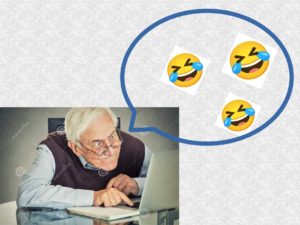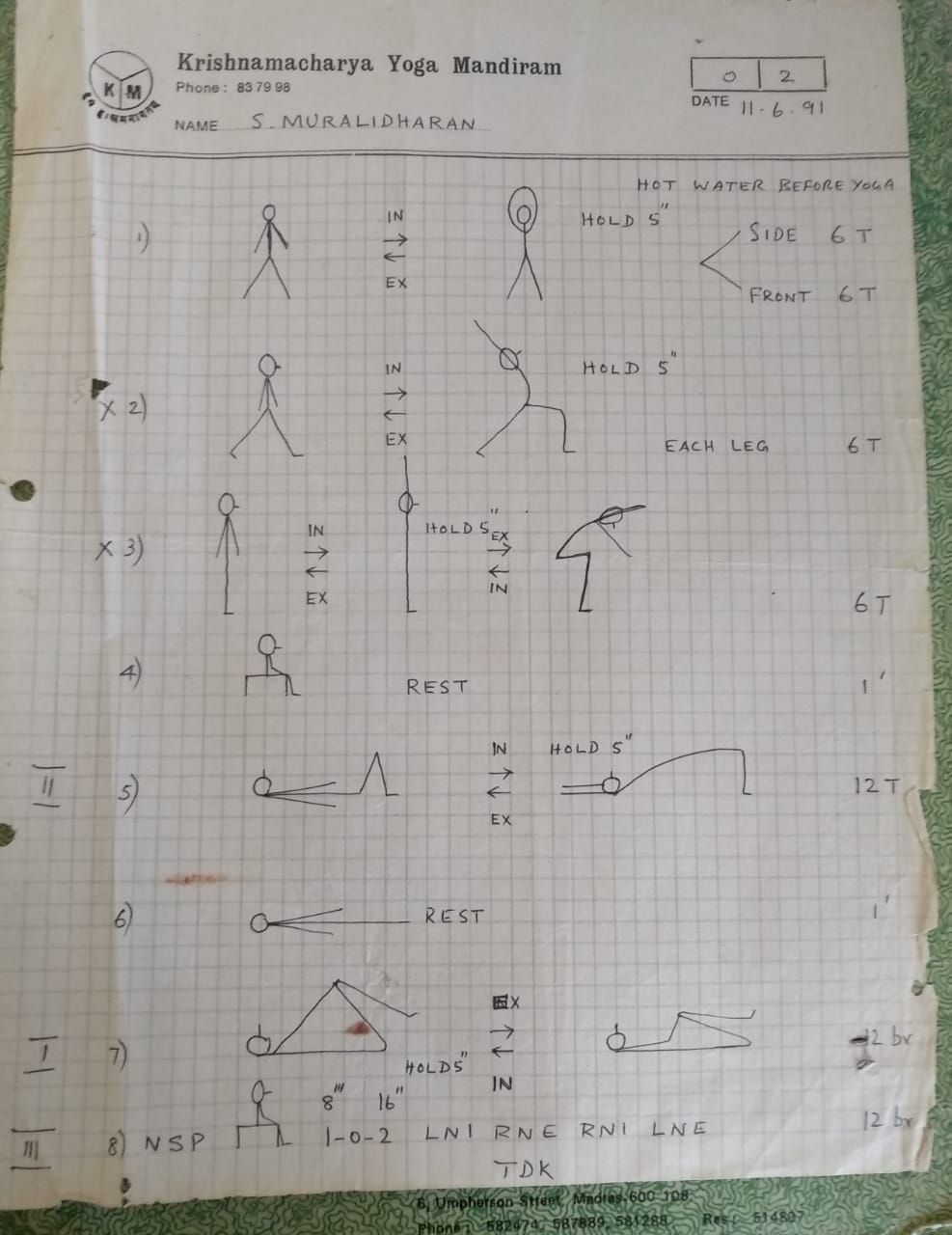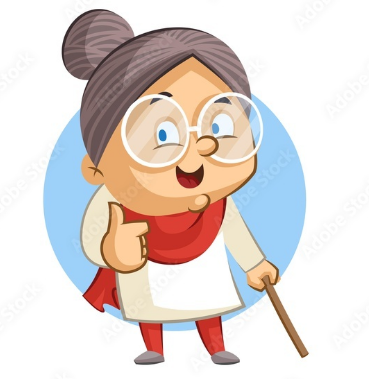 Is Patriarchy sustained by matriarchs?
Is Patriarchy sustained by matriarchs?
I am aware that I might ruffle a few feathers with this idea , may touch a raw nerve somewhere; but I ramble on hoping that nobody takes offence. As always , I assert my right to be wrong. After all, I am the sole Mark Zuckerberg or Jack Dorsey of this blog space. I can modify or delete the post or any comments… ha ha.
Most families, even if not living as the traditional joint families , have somebody calling the shots on shastra sampradaya. Shastra is a set of rules wherein at most the interpretation can be different while the rules are by and large fixed. Sampradaya refers to traditions that can be bent , broken or twisted beyond recognition..after there is no appeal to “aise hi hota hai hamare ghar men”. This is where the grand ma scores .
In Tamil country , you will have a paatti in command and you can’t imagine a Punjabi family without a beeji. So is it in every other part of the country .
What’s the grand pa doing ? After all he is the one logically supposed to be imposing ‘Patriarchy’.
Most likely , post retirement, men become a kind of manpower (pun intended) surplus to the establishment, as we say in the army. The manpower is there without any power; that leaves the man.
He is generally occupied with activities like golf(in the army) or reading newspapers , walks etc. He does make some noise now and then to show his presence, but mostly it’s when he misplaces his reading glasses or when he finds someone sitting on his favourite chair . He has neither the inclination nor the energy to impose his will on the family leave alone the extended family.
It’s the biji or paatti who constantly keep evaluating the pecking order. She decides which are the ‘must attend’ functions and which one can be given a pass. Along with this one has to decide on the price range of gifts and so on. If the function is hosted by the family , then the scope of work becomes too complex. You need to cover who all should be invited. Then comes the subtle divisions in hierarchy wherein invitees are classified…just send invitation, invitation followed by phone call, personal visit and personal visit with appropriate gifts.
It is not just restricted to social and religious functions but pervades through every activity in a joint family.
With all these subtle and some not so subtle maneuvers, one ensures that the classic values of a patriarchal society are propagated and sustained.
Ok, then shouldn’t it be called matriarchy? Here’s the catch; all decisions are taken for the benefit of her sons and grandsons, directly or indirectly. It is also ensured that daughters in law and sometimes even daughters don’t overstep their briefs.
What about male domination at the work place? It is there , but it is just male domination , not patriarchy , right ? Even if it resembles so, it just goes to prove that the seeds of male domination anywhere, is sowed at home, yes.., by the matriarchs!
I rest my case.
Is it wrong to say that so far, it is the family matriarchs who have been sustaining patriarchy.
That’s the story so far.
Where do we go from here ?
Women of my generation , ie senagers (senior citizens who want to live like teenagers, or shall we say ,cool seniors) are the first lot to have had a full career and are financially well placed to lead an independent life.
Rightly or wrongly they do not have many children and grand children to boss over. They have enough interests outside family issues to keep them occupied.
It remains to be seen whether they will still like to wield power over their shrinking brood , however small or tiny, and if so, will sons continue to get preferential treatment.
I don’t think it is likely. There ends patriarchy.. feminism or no feminism.

 Today I saw a full page advt on TOI. Normally I flip over these pages to get to the main news / editorials. Something caught my eyes in the advt. It was about festival of lights and it showed a lady with lots of gold on but the all important bindi missing.
Today I saw a full page advt on TOI. Normally I flip over these pages to get to the main news / editorials. Something caught my eyes in the advt. It was about festival of lights and it showed a lady with lots of gold on but the all important bindi missing.
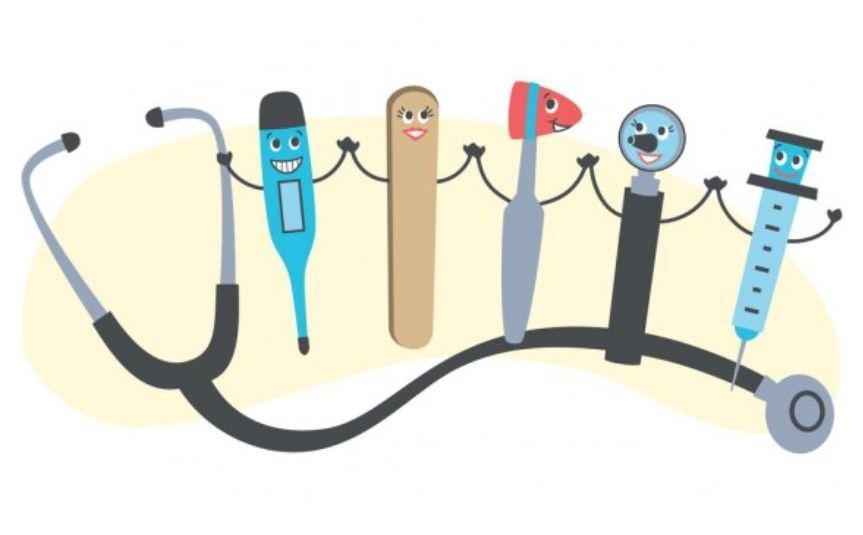
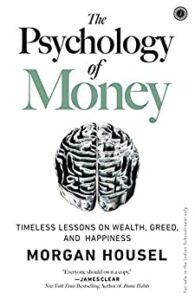 The Psychology of Money by Morgan Housel
The Psychology of Money by Morgan Housel 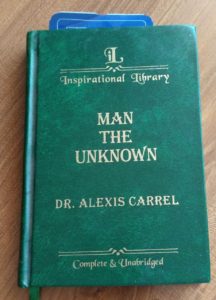 Alexis Carrel 28 June 1873 – 5 November 1944) was a French surgeon and biologist who was awarded the Nobel Prize in Physiology or Medicine in 1912 for pioneering vascular suturing techniques. He invented the first perfusion pump with Charles A. Lindbergh opening the way to organ transplantation.
Alexis Carrel 28 June 1873 – 5 November 1944) was a French surgeon and biologist who was awarded the Nobel Prize in Physiology or Medicine in 1912 for pioneering vascular suturing techniques. He invented the first perfusion pump with Charles A. Lindbergh opening the way to organ transplantation. 



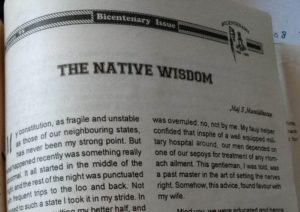
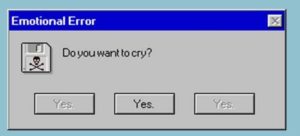
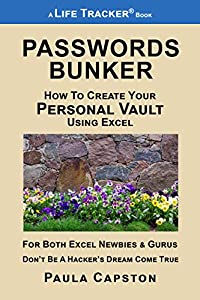
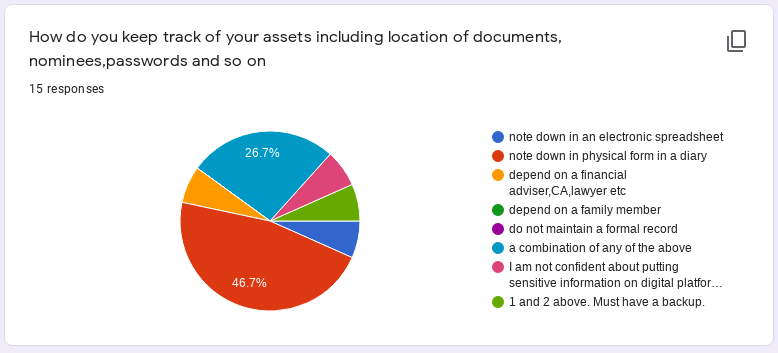
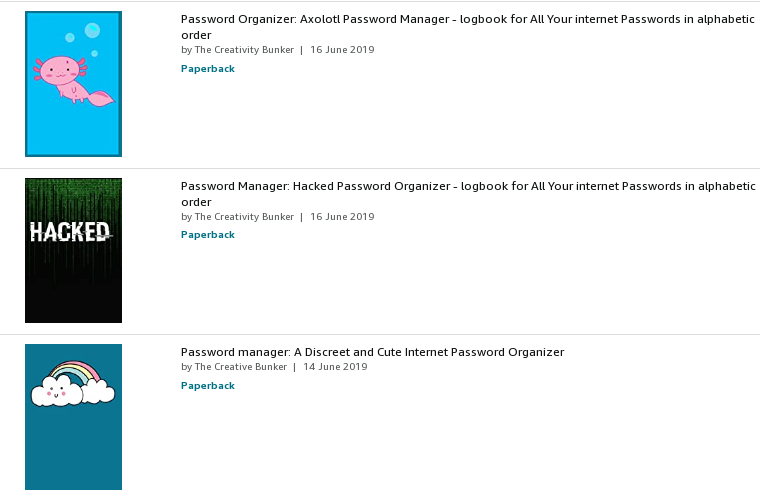
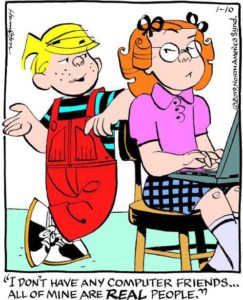 At the end of the day, we have spoken , ‘chatted’ or fought, more with our friends, ‘frenemies’ and virtual acquaintances and of course a great many total strangers than to real people in our everyday life. We have deliberately projected our virtual image to more people publicly , which may or may not be in line with our real personalities. Americans are cool; they have nicely adapted our word Avatar to indicate one of the many images of a being. My Twitter, FB and Telegram Avatars are so different, some one who has known me only through SM would think they are different people.
At the end of the day, we have spoken , ‘chatted’ or fought, more with our friends, ‘frenemies’ and virtual acquaintances and of course a great many total strangers than to real people in our everyday life. We have deliberately projected our virtual image to more people publicly , which may or may not be in line with our real personalities. Americans are cool; they have nicely adapted our word Avatar to indicate one of the many images of a being. My Twitter, FB and Telegram Avatars are so different, some one who has known me only through SM would think they are different people.